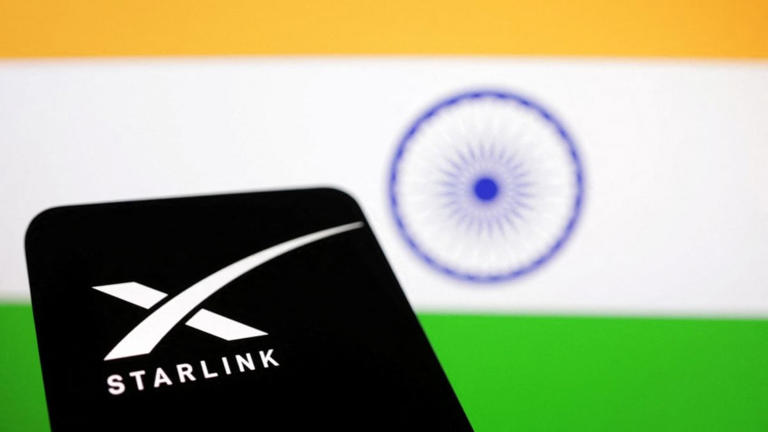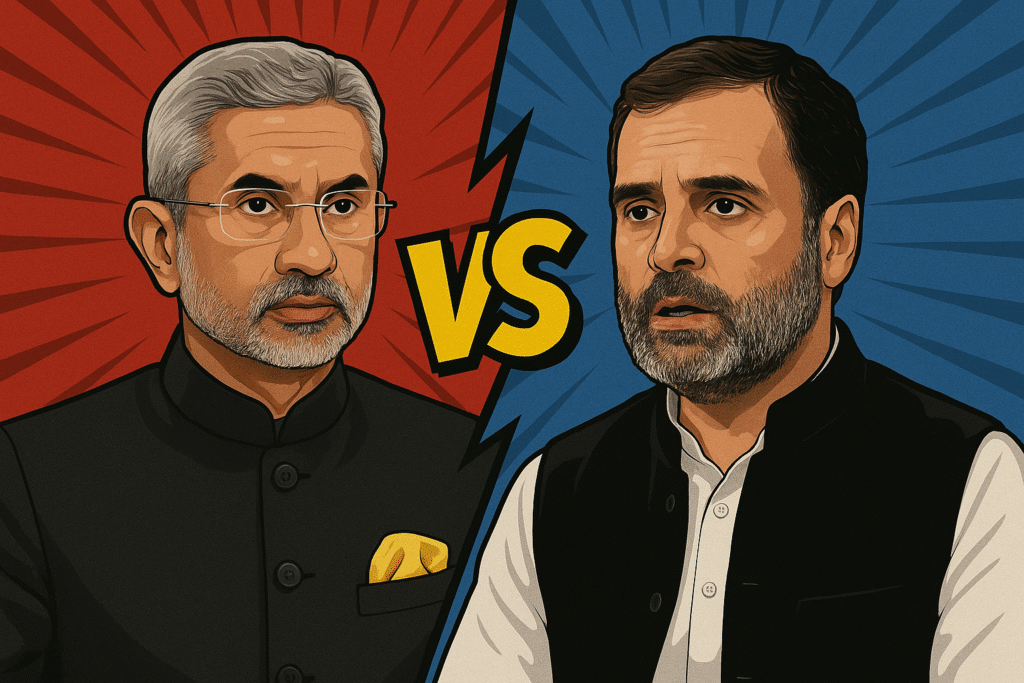Starlink Gets Regulatory Nod to Enter Indian Internet Market
Elon Musk’s Starlink has officially entered the Indian telecom sector, securing a Global Mobile Personal Communication by Satellite (GMPCS) license from the Department of Telecommunications (DoT). This milestone allows Starlink to move ahead with its plan to offer satellite-based internet services across India, following the footsteps of Eutelsat’s OneWeb and Reliance Jio’s satellite JV.
While Starlink still needs to obtain spectrum allocation, space regulator approvals, and meet security protocols, the license itself is a big leap forward. The development is particularly significant for rural India, where connectivity remains a challenge. Starlink’s low-earth orbit (LEO) satellite network promises to deliver high-speed, low-latency internet to regions with little or no access to traditional broadband.
#WATCH | Amid Musk vs Trump fireworks, a green light from India!
— ET NOW (@ETNOWlive) June 6, 2025
Starlink gets govt nod to beam satellite internet across the country — third player to enter India’s space race.#Starlink #ElonMusk #ElonVsTrump @SumitaKareer pic.twitter.com/Qg6X8tFIN8
This launch is not just a business move—it’s a strategic entry into a vast, underserved market, with implications for digital inclusion, telecom partnerships, and competitive dynamics.
Boosting Rural Connectivity Without Disrupting Mainstream Telecom
India has one of the largest populations of unconnected and under-connected users, especially in villages, mountainous terrain, and forested regions. Traditional telecom players struggle to expand coverage in these areas due to infrastructure costs and low return on investment.
This is where Starlink shines. With its satellite-based infrastructure, the company can bypass ground-level challenges and directly deliver broadband to remote homes, schools, and government centers. According to recent data, nearly 40% of India’s population lacks reliable internet, and Starlink could become the missing link to bridge this digital divide.
However, in urban and semi-urban India, Starlink is unlikely to compete directly with giants like Jio and Airtel, who dominate with unlimited, low-cost data plans. Instead, Starlink will likely target niche market segments, such as rural institutions, defense networks, remote healthcare, and high-end rural households. This approach positions Starlink as a complementary player rather than a disrupter, enhancing last-mile connectivity in partnership with India’s existing telecom framework.
Challenges Ahead – Pricing, Spectrum, and Data Sovereignty
Despite the regulatory green light, Starlink’s India journey is far from smooth sailing. The first challenge is pricing: Starlink’s internet kits (dish and router) are expensive, and the monthly subscription could be unaffordable for most rural users unless subsidized by the government or bundled through partnerships with Indian telcos.
Second, regulatory approvals are still pending. Starlink needs to acquire spectrum rights, complete security compliance, and get clearance from India’s space regulator, IN-SPACe. These processes could delay commercial rollout.
Third, there are data sovereignty concerns. Starlink’s foreign ownership raises questions about data routing, storage, and surveillance, which the Indian government will closely scrutinize to protect national interests. The outcome could influence how other global tech firms approach India’s tightly regulated digital space.
Despite these hurdles, Starlink’s entry could accelerate innovation, pressuring rivals like OneWeb and Jio-SES to scale faster. It also supports India’s broader push for digital infrastructure in Bharat (rural India), aligning with programs like Digital India and BharatNet.





















